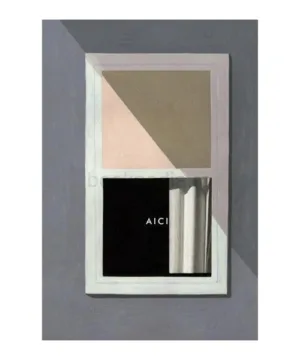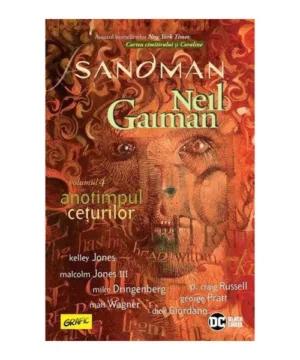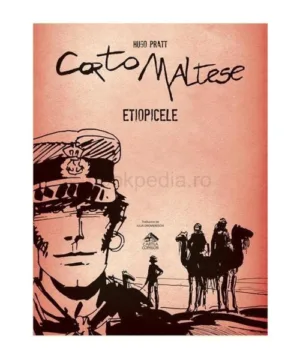
Nunta la românii transnistrieni
35,00 lei

Istoria ideilor masonice. Vol. 2
47,49 lei
Identity in landscape connectivity and diversity in Iron Age Transylvania
76,00 lei
| Authors | Sándor Berecki |
|---|---|
| Publisher | MEGA |
| Year | 2021 |
| Pages | 136 |
Informații suplimentare
| General | |
|---|---|
| Authors | Sándor Berecki |
| Publisher | MEGA |
| Year | 2021 |
| Others | |
| Identification | |
| ISBN-13 | 9786060203254 |
| Format | |
| Dimensions | A4 |
| Pages | 136 |
Descriere
"Long time ago, Mircea Eliade noted that «the upright position [of the human beings] already signals the overcoming of the primates’ condition. We can only stand up when we are awake. Due to the upright position, the space is organized in a structure that is not accessible to the pre-hominids: in four horizontal directions starting from a central up – down axis. In other words, the space is organized around the human body, extending ahead, behind, to the right and the left, up and down. Beginning from this original experience – of being thrown into an environment whose expansion was apparently unlimited, unknown and threatening – various manners of orientatio emerged; we cannot live too long with the confusion generated by disorientation» (Eliade 1991, 13). Thus, right from the beginning, the human beings invested the surrounding space with symbolical meanings and organized it according to well-defined principles. This organization of the man-made landscape was different from one community to another due to the different models of social and economic organization which they created or adopted at particular moments in time. Accordingly, landscape archaeology can offer a wealth of information regarding the cultural identity of various communities. As T. Greider and L. Garkovich noted nearly three decades ago, «our understanding of nature and of human relationships with the environment are really cultural expressions used to define who we were, who we are, and who we hope to be at this place and in this space. Landscapes are the reflections of these cultural identities, which are about us, rather than the natural environment» (Greider – Garkovich 1994, 2)." (Excerpt from " Foreword")














